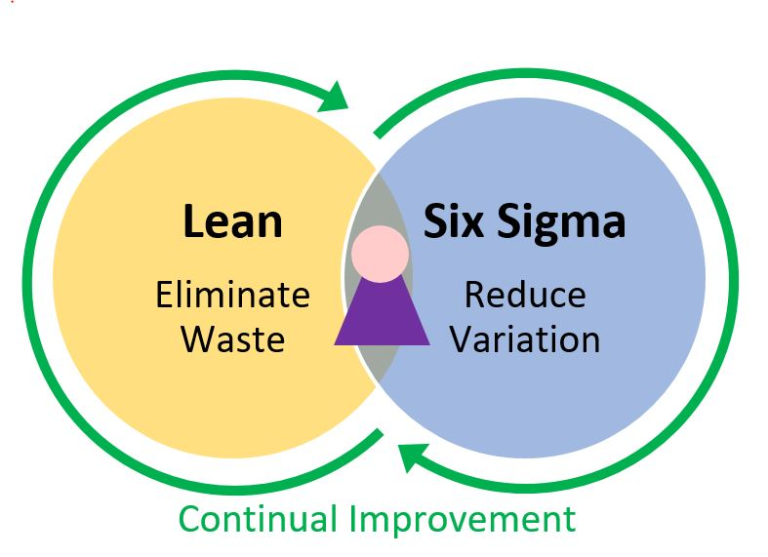In today’s competitive business landscape, organizations constantly seek ways to improve their processes, reduce defects, and enhance overall efficiency. One methodology that has gained widespread recognition for achieving these objectives is Six Sigma. Developed by Motorola in the 1980s and popularized by companies like General Electric, Six Sigma has proven its worth in optimizing operations across various industries. In this blog, we’ll delve into what six sigma is, how it works, and why it’s a valuable tool for organizations aiming to achieve operational excellence.
What is Six Sigma?
Six Sigma is a systematic, data-driven approach to process improvement aimed at eliminating defects and minimizing variations in products and services. The term “Six Sigma” derives from the statistical concept of standard deviation (σ), which measures how much a process deviates from perfection. Achieving Six Sigma means that a process operates with almost no defects, well within the acceptable tolerance limits.
Key Principles of Six Sigma
- Define: The first step in Six Sigma is defining the problem and establishing clear objectives. This phase involves identifying customer requirements and expectations, which serve as the foundation for the project.
- Measure: Once the problem is defined, the next step is to measure the current process’s performance. This involves collecting data and determining the baseline performance, often represented by key performance indicators (KPIs).
- Analyze: In this phase, teams analyze the data to identify root causes of defects and process variations. Tools like Pareto charts, cause-and-effect diagrams, and statistical analysis help pinpoint the issues.
- Improve: After identifying the root causes, the focus shifts to process improvement. Teams implement changes and innovations to eliminate defects and reduce variations, striving for Six Sigma levels of performance.
- Control: The final phase ensures that the improvements made are sustainable. Robust control mechanisms are put in place to monitor the process continuously and prevent regression.
Why Six Sigma?
- Customer Satisfaction: Six Sigma places a strong emphasis on understanding and meeting customer needs. By delivering products and services with minimal defects, organizations can enhance customer satisfaction and loyalty.
- Cost Reduction: Reducing defects and variations in processes leads to lower production costs and fewer resources required for rework. This, in turn, boosts profitability.
- Improved Efficiency: Six Sigma streamlines processes, making them more efficient and less prone to errors. This can result in faster production cycles and shorter lead times.
- Data-Driven Decision-Making: Six Sigma relies heavily on data analysis, enabling organizations to make informed decisions based on empirical evidence rather than intuition.
- Competitive Advantage: Companies that successfully implement Six Sigma often gain a competitive edge in the market. Their ability to consistently deliver high-quality products and services sets them apart.
- Organizational Culture: Six Sigma fosters a culture of continuous improvement and accountability within an organization. It encourages employees at all levels to actively participate in problem-solving and process optimization.
